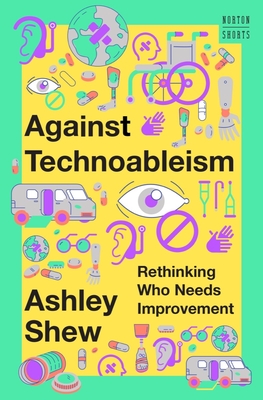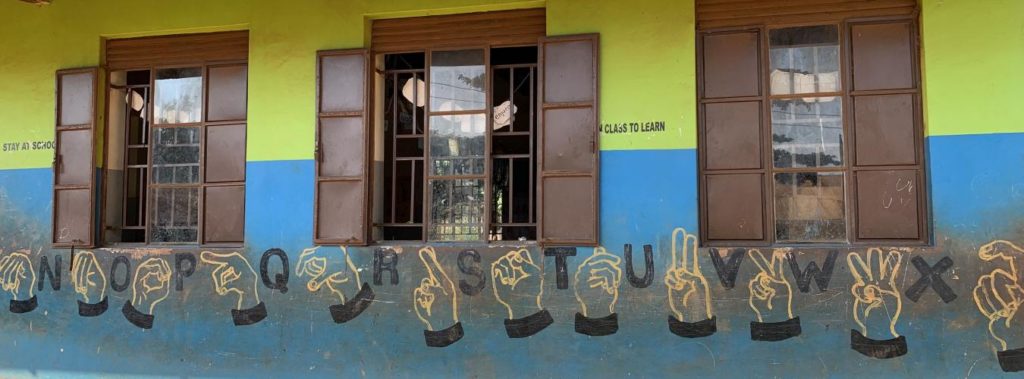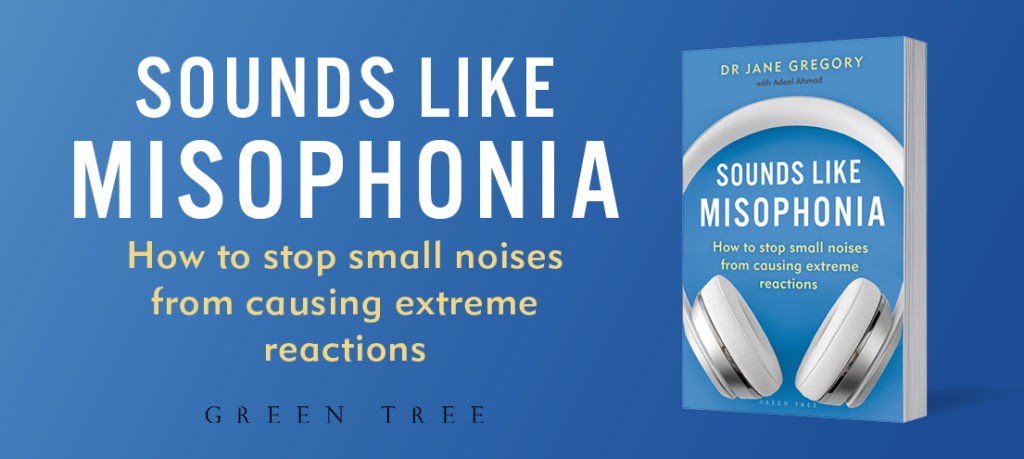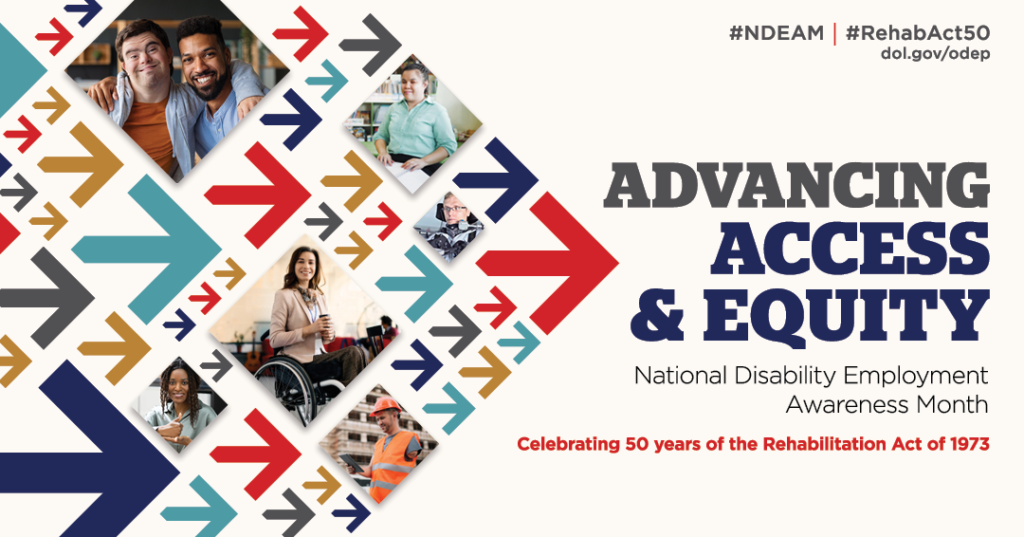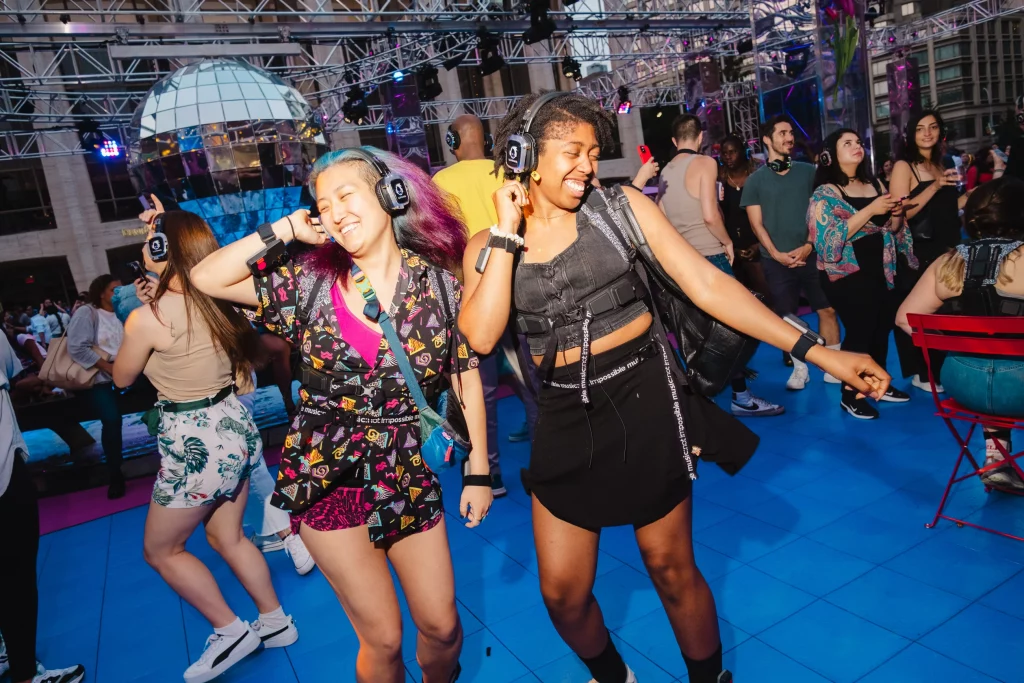International Wheelchair Day was first launched in 2008 and is observed every March 1st. Wheelchair user Nabila Laskar says the day’s goals are:
- To enable wheelchair users to celebrate the positive impact a wheelchair has in their lives so that they can access employment, participate in the community, get involved in social activities and more.
- To celebrate the great work of millions of people who provide wheelchairs, who provide support and care for wheelchair users and who make the world a better and more accessible place for people with mobility issues.
- To acknowledge and react constructively to the fact there are many tens of millions of people in the world who need a wheelchair, but are unable to acquire one.
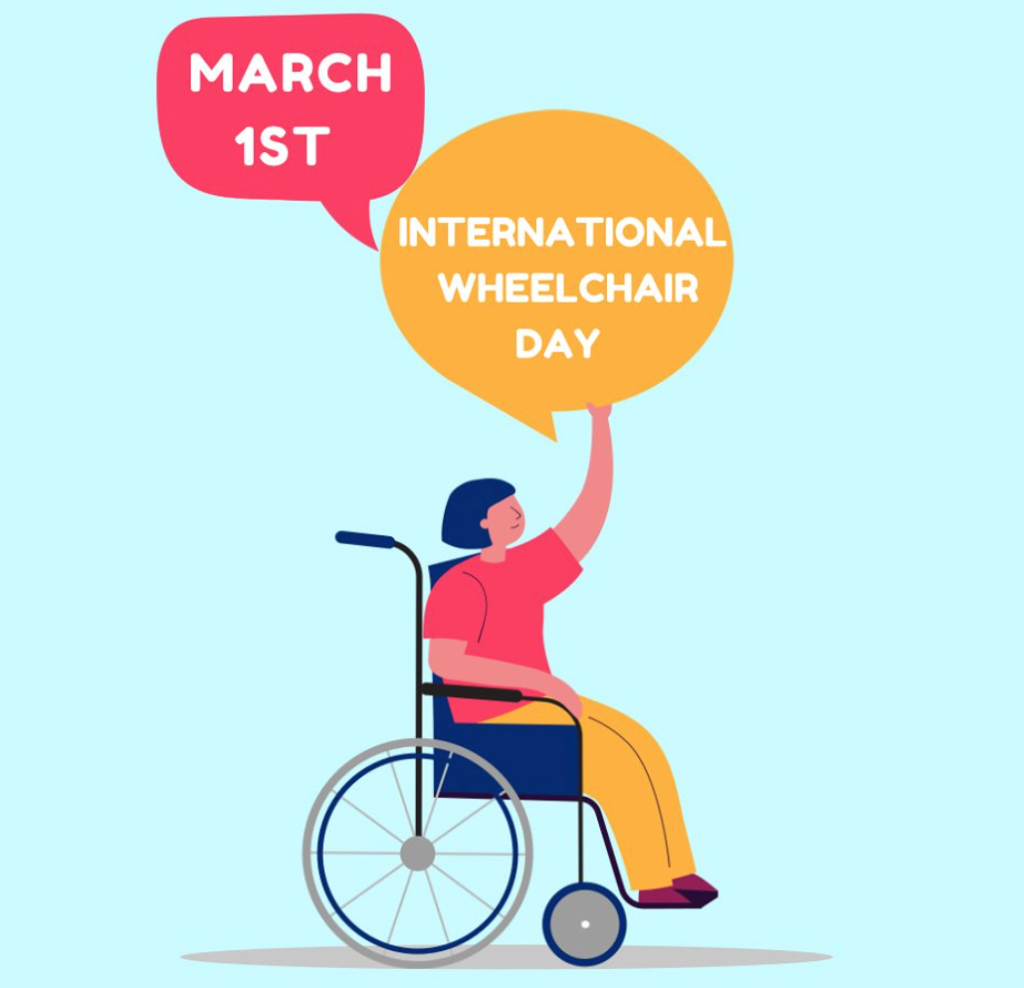
Progress
In 2023, many wheelchair users took to social media. They expressed the impact their mobility devices have on their freedom and quality of life. Here are 10 of their reflections. Last year I was also introduced to a cool company called Izzy Wheels. Founded by two sisters who creates cool wheelchair covers so that wheelchair users can customize their look.
In the past, I’ve also posted about off-road wheelchairs being made available in public parks. From those in my own state of Minnesota, to the beaches of Oregon and beyond. Unfortunately wheelchair users still face many frustrations. Especially when traveling by air.
Problems
Last Fall, a video went viral of an American Airlines baggage handler. Showing a passenger’s wheelchair sliding down a jet bridge chute. It crashed into a metal barrier, flipped over and tumbled onto an airport tarmac.” Sadly, this is not an uncommon occurrence.
In 2022, the 10 largest U.S. airlines lost, damaged or destroyed more than 11,000 wheelchairs and scooters, according to the Department of Transportation. That represents 1.5% of all wheelchairs and scooters boarded onto planes.
CBS News
When an airline damages, loses, or delays a passenger’s wheelchair, it is a significant problem. It endangers that person’s health and can seriously limit their mobility and independence. Just last month, U.S. Transportation Secretary Pete Buttigieg announced a new proposed rule from the U.S. Department of Transportation (DOT) that would ensure airline passengers who use wheelchairs can travel safely and with dignity. This proposed rule would be the biggest expansion of rights for passengers who use wheelchairs in the United States since 2008.
Potential Solutions
The proposed rule would take major actions in three key areas:
- Penalties and remedies for wheelchair mishandling
- Safe, dignified, and prompt assistance
- Improved standards on planes
It’s unclear if this was prompted by Senator Duckworth’s MOBILE Act from 2023. Whatever the case may be, I hope for an outcome that will lead to more accountability and accessibility for travelers with disabilities.
Leave a Comment